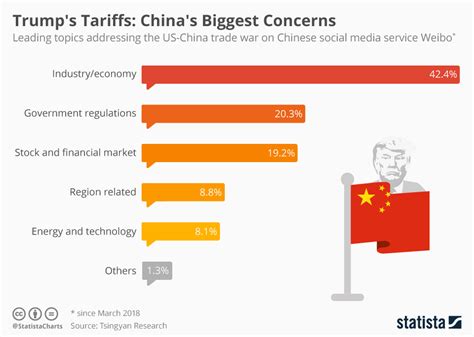China and the United States are locked in a fierce tariff battle, refusing to back down from their respective positions. President Xi Jinping’s unwavering stance has set the stage for a high-stakes showdown, leaving global markets on edge as uncertainty looms over the future of trade relations.
Stalemate in the Trade War
Xi Jinping remains resolute in his refusal to yield to US pressure, setting up a tense standoff that shows no signs of abating. The recent threat of doubling tariffs by President Donald Trump has only added fuel to the fire, with both nations digging their heels deeper into the trade dispute.
Alfredo Montufar-Helu, a senior advisor at The Conference Board think tank, paints a grim picture of the situation: “We’ve now reached an impasse that will likely lead to long-term economic pain.” The stakes are high, as each side weighs its options carefully amidst escalating tensions.
As deadlines approach and threats are exchanged with increasing frequency, the world watches anxiously to see who will blink first in this high-stakes game of economic brinkmanship.
Ripple Effects Across Global Markets
The repercussions of this tariff tit-for-tat extend far beyond just China and the US. Global markets have already witnessed significant turbulence in response to these developments. Asian stocks experienced their sharpest decline in decades before showing some signs of recovery amid growing uncertainties.
With looming tariff hikes threatening various economies across Asia, concerns mount over the rapid pace at which these changes are unfolding. Governments, businesses, and investors find themselves grappling with an uncertain future as they scramble to adapt to a shifting economic landscape.
Expert Insights and Concerns
Mary Lovely from the Peterson Institute highlights a troubling trend: “What we are seeing is a game of who can bear more pain… We’ve stopped talking about any sense of gain.” This shift towards endurance rather than progress underscores the severity of the situation at hand.
Andrew Collier raises alarms about China’s fragile economic state: “The tariffs exacerbate this problem,” he warns. As China navigates challenges including slowing growth and mounting debt burdens, finding solutions amidst escalating trade tensions becomes increasingly complex.
Deborah Elms from Hinrich Foundation emphasizes the interconnected nature of global economies: “There’s massive investment flows between both countries… You can only tariff so much for so long.” The intricate web of economic ties underscores how actions taken by one nation reverberate across borders worldwide.
A Murky Path Forward
The road ahead appears shrouded in uncertainty as analysts grapple with potential outcomes. Roland Rajah from Lowy Institute points out that predicting next steps proves challenging given unclear motivations behind current tariffs. With strategies evolving rapidly on both sides, determining a clear resolution becomes increasingly elusive.
As speculation swirls around possible scenarios – ranging from private talks to further escalations – one thing remains certain: the future holds considerable risks for all involved parties. Deborah Elms encapsulates this sentiment succinctly: “No-one knows… The future is much more challenging and risks are just so high.”
In conclusion, as China stands firm against escalating pressures from Washington, the world braces itself for potential ramifications that could reshape global trade dynamics significantly. The outcome remains uncertain as both nations navigate uncharted territory in their quest for economic supremacy.



Leave feedback about this